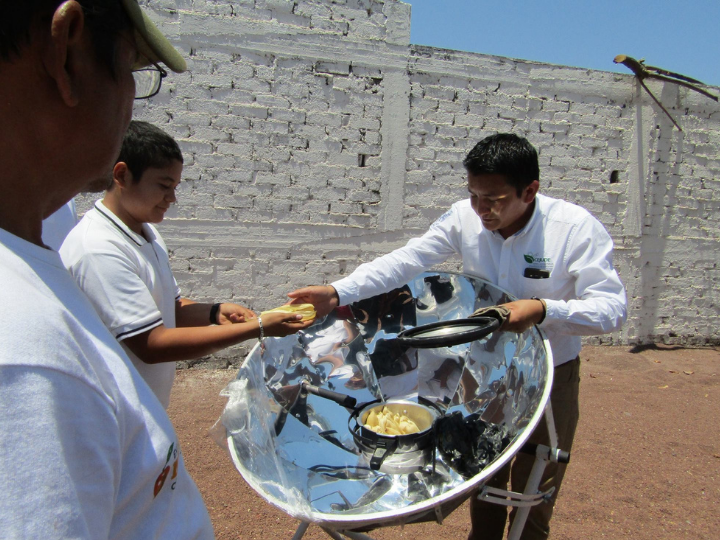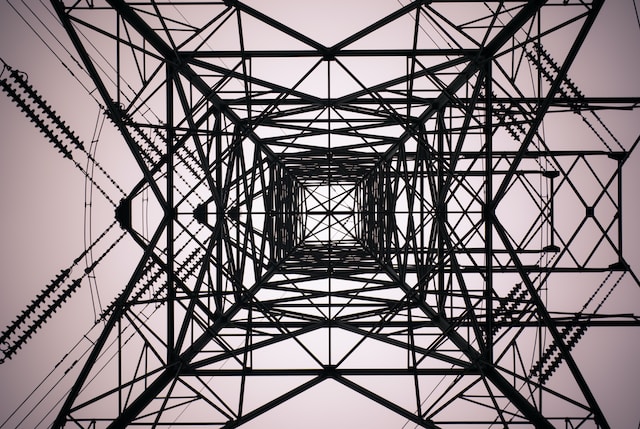Tackling environmental pollution by turning it into renewable solar energy may sound weird, but it’s not.
A team of researchers from the University of Houston and the Universidad Intercultural Indígena de Michoacán of Mexico have partnered to turn this into reality.
Researchers successfully used soot from emissions to create a paste-like coating to improve the efficiency of solar thermal devices. Soot is a by-product of burned organic materials like biomass, carbon, and hydrocarbons. It is a major reason behind the polar ice caps melting.
Although soot is considered an environmental pollutant, this soot coating had better properties to absorb solar energy and convert it into heat in comparison to other forms of carbon.
Experimenting with a common carbon form – soot to improve solar thermal devices would not only help cut costs but will also make them more efficient than using materials like graphene.
Researchers built a solar stove prototype that reflected and focused sunlight onto a container in its center. The container was coated with soot. They found that it could be heated up to 400°F outperforming other materials, such as graphene, nanotubes, and fullerene.
Soot outperformed the other materials
The solar absorptivity of the soot-coated device was 96 percent higher, light emission was 85 percent higher than commercial products. The soot coating was up to a thousand times cheaper than compared to pristine carbon forms like graphene.







